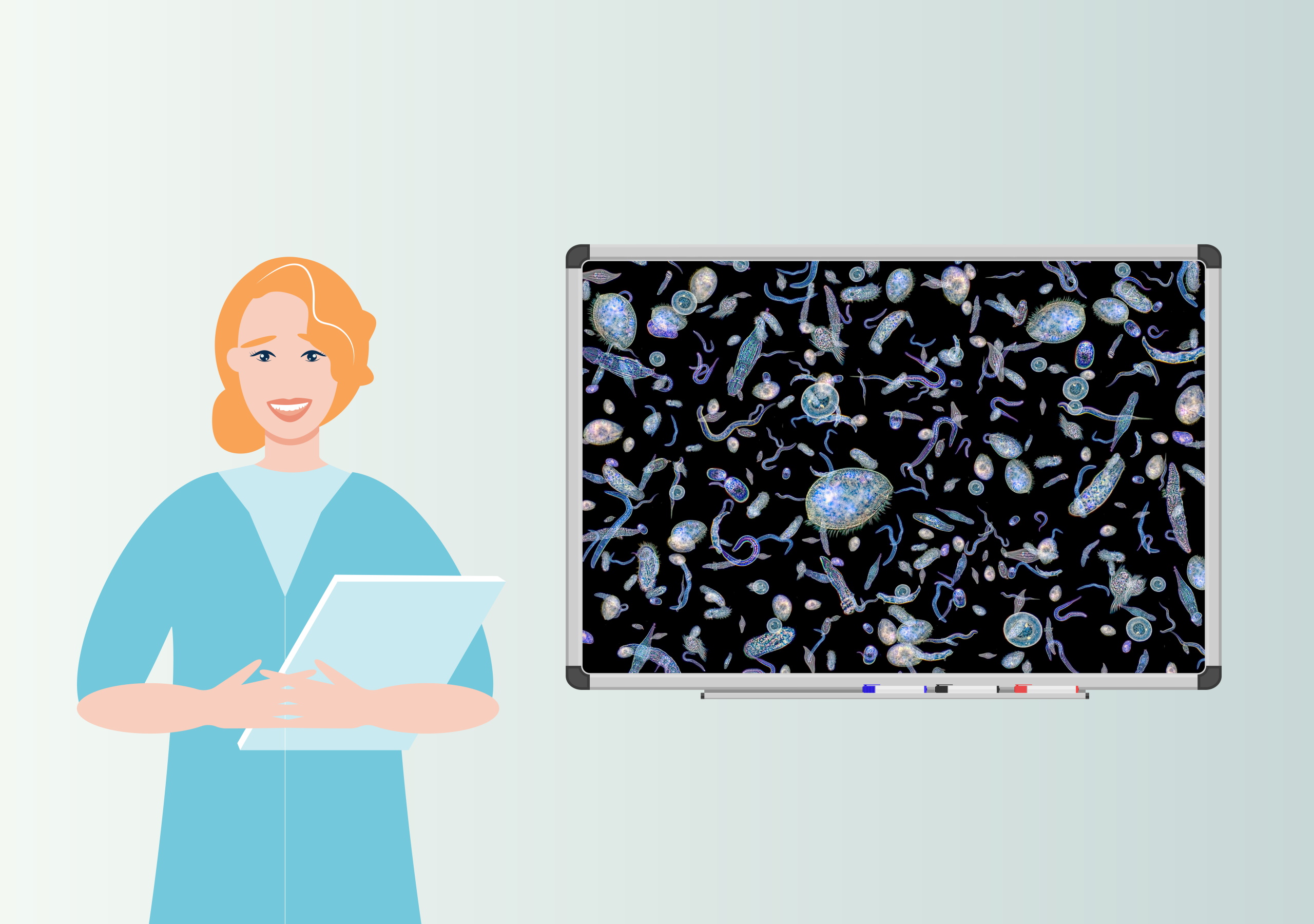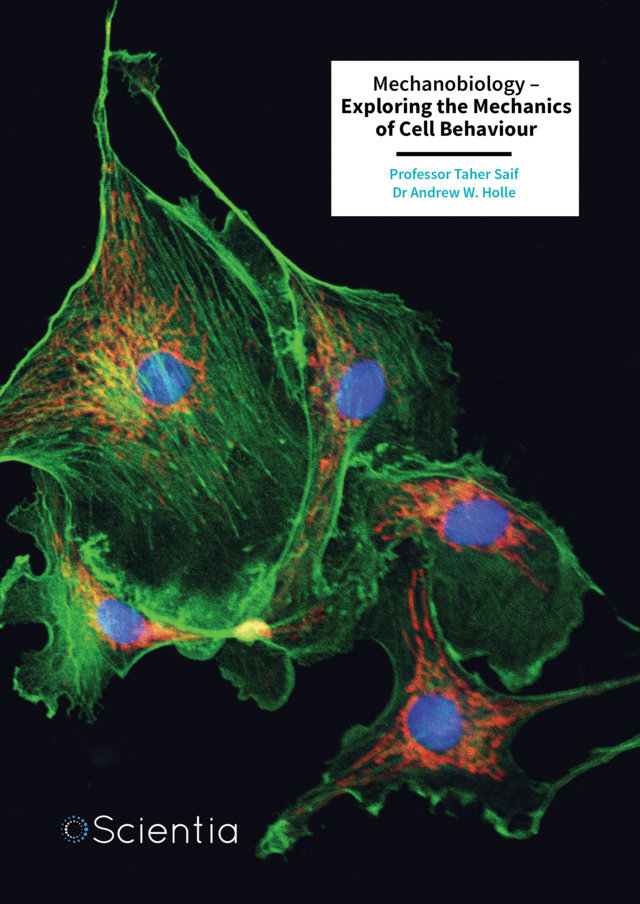Highly polar pesticides such as glyphosate are notoriously difficult to detect in food due to their chemical properties and interference from natural food compounds. A new method developed by Dr Michelangelo Anastassiades and Ann‑Kathrin Schäfer of CVUA Stuttgart, and their colleagues, offers a more accurate and practical way to identify residues of these pesticides. By simplifying sample preparation and reducing interference, the method delivers reliable results across a wide range of foods. This development improves routine food safety testing and strengthens our ability to monitor potentially harmful pesticides. More
In recent years, public awareness of pesticides in our food has grown sharply. Much of the concern focuses on a particular group of pesticides known as highly polar pesticides, including glyphosate and glufosinate. These chemicals are widely used in agriculture because they’re effective and economical – but they’re also controversial, with concerns around their safety and environmental impact.
Detecting these pesticides in our food is critically important, but it can be challenging. Highly polar pesticides don’t behave like most other pesticide residues, making them exceptionally difficult to measure accurately.
This is because highly polar pesticide molecules are strongly water-soluble, meaning they dissolve easily in water but not in the organic solvents typically used for pesticide testing. This makes them incompatible with the widely used QuEChERS method, a popular approach for analysing hundreds of pesticide residues in one go. For polar pesticides, older methods often relied on ‘derivatization’, which means modifying the molecules to make them detectable using an analytical technique called chromatography. But derivatization is cumbersome, prone to errors, and limited in scope.
Dr Michelangelo Anastassiades and Ann‑Kathrin Schäfer at CVUA Stuttgart took a different route. Working with colleagues, they developed a new analytical approach that improves how we detect these elusive chemicals in foods from both plant and animal sources.
Their new technique uses a simplified extraction method called QuPPe, which stands for Quick Polar Pesticides. QuPPe works by soaking food samples in acidified methanol to pull out the pesticide residues. This method doesn’t require derivatization and is less labour-intensive. However, it has its own problem: it extracts not only the pesticides but also a lot of natural chemicals from the food, including sugars, proteins, and salts. These extra substances can interfere with the analysis, causing what scientists call ‘matrix effects’. Matrix effects can make pesticide signals appear weaker or even disappear entirely, leading to inaccurate results or false negatives.
To overcome these challenges, Schäfer’s and Anastassiades’ team combined two techniques called ion chromatography and tandem mass spectrometry. This advanced technology separates the pesticides from other substances in the sample using their electrical charges, and then precisely identifies them by measuring the mass of their molecular fragments. Ion chromatography is particularly suited for highly polar and charged chemicals, making it an ideal match for the pesticides in question.
One of the key elements in Schäfer’s method was optimising how samples are introduced into the ion chromatography and tandem mass spectrometry system. Normally, ion chromatography uses only water-based solvents, which don’t perform well in mass spectrometry. The team at CVUA Stuttgart solved this by adding a small flow of an organic solvent after the chromatography step but before detection. This improved the ability of the mass spectrometer to generate clear signals for glyphosate and other polar pesticides. The researchers tested different solvents and flow rates, to find the best combination for the most consistent and accurate results.
However, the team knew that matrix effects could vary significantly depending on the type of food being analysed. Therefore, they tested their method on a diverse set of food samples – including various fruits, vegetables, pulses, cereals, meat, and milk. These foods contain different natural substances that can interfere with pesticide detection. For example, lemons contain a high amount of citric acid, which was found to overlap with glyphosate in the detection system, making it harder to detect the pesticide accurately.
To reduce these interferences, Schäfer’s team explored a surprisingly simple solution: diluting the food extract before analysis. They found that a fivefold dilution dramatically reduced matrix effects while still keeping the detection sensitive enough to measure even small amounts of pesticide. In other words, by watering down the noise from the food matrix, they were able to get a clearer picture of the pesticide residues.
The team also focused on a major issue in pesticide analysis: how to tell very similar substances apart. For example, glyphosate and its breakdown product N-acetyl-glyphosate are chemically similar and can sometimes interfere with each other’s signals. The team adjusted the conditions in the ion chromatography system to achieve better separation of these chemicals. This is crucial, because N-acetyl-glyphosate can sometimes break down in the detection system and falsely appear as glyphosate, leading to overestimated results.
To test the real-world performance of their method, Schäfer and her colleagues analysed over 130 actual food samples. They compared their results with those from two other state-of-the-art methods. The team’s ion chromatography-tandem mass spectrometry method was more consistent and less prone to interference in several challenging cases.
The team validated their new method according to European guidelines, to ensure it met rigorous standards for accuracy, precision, and reproducibility. In many cases, they achieved recovery rates of over 90%, which is excellent for such a challenging family of chemicals. Even in complex food matrices like soybeans or liver, the method showed reliable results.
Because the team’s method relies on simpler extraction steps, avoids derivatization, and uses widely available instruments, it is well-suited for adoption by regulatory labs and food safety agencies. It also offers a more holistic view by being able to detect multiple polar pesticides and their metabolites in a single run, which saves time and resources while providing comprehensive safety data.
In a world where public scrutiny of chemicals like glyphosate continues to grow, having better tools for detection is vital, not just for regulatory compliance, but for building public trust in the safety of our food supply.







